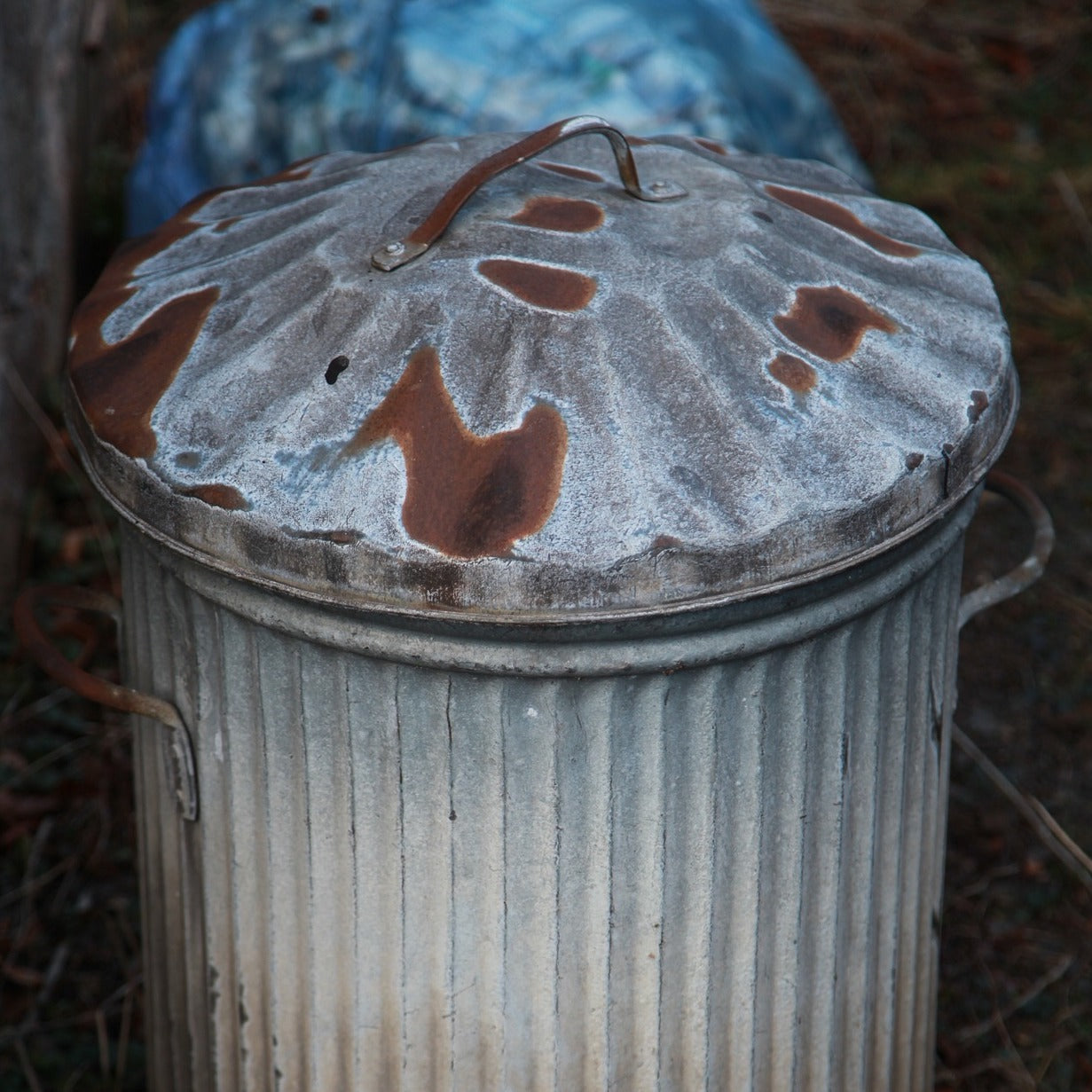
Don't Talk Rubbish
Back in the 50’s and 60’s the household refuse bin was a simple affair - a galvanised steel ribbed bin with removable lid and about half the capacity of the modern wheelie bin.

Introduced in the UK in 1968, the wheelie bin was a practical solution to the growing problem and increase of household waste and how to dispose of it efficiently.
Two years earlier in 1966, Barclays introduced the first credit card onto the UK market. Prior to this, short of a hire purchase agreement, people could only purchase consumer goods within their means. The introduction of the credit card saw a massive boom in consumer spending and with more spending came more goods and more waste.
To compound the problem further, supermarkets increased the amount of pre-packaged foods and take away food outlets expanded massively leading to yet more waste packaging.
Today we can no longer make do with a single waste bin: households are required to recycle and most councils in England now have a complex system of colour coded bins and collection dates. The necessity or virtue of recycling is beyond the scope of this article but the aesthetic effect on the urban landscape has been dreadful.

Houses in our part of England have to contend with up to six bins - general rubbish, garden waste (£55.00 per annum extra), paper and cardboard, glass, plastic and food waste. Management of this number of bins is not easy when you live in a small house or cottage without a great deal of spare space in which to house the bins.
In this respect I am fortunate. I am able to secrete our bins within a garage when not out for collection. Those who live in smaller cottages or modern terraces are not so fortunate and in many cases have little option but to leave them outside their front doors where they are an eyesore on the streetscape.

Walking down a road strewn with bins is a depressing and dispiriting sight. Older cottages built before the mania for recycling have little option, however there is no excuse for modern, recently built houses as illustrated in this article. This is a failure on the part of greedy developers and nitwit bureaucrats in planning departments not to recognise the need to manage the location and storage of bins such that it is convenient to both the householder and the waste collection operatives.
The result of this lack of planning and investment is to further blight the urban environment which inevitably leads to a further cycle of deterioration in the care and maintenance of our shared public spaces.

The images within this post are a short walk from where I live. I do not have to look at this daily except when walking the dog but even though it is not directly my problem it lowers my spirits due to the sheer ugliness of it and because it would be unnecessary if those responsible had taken a little more care in planning. A housing estate of fifty properties, each with six bins adds up to 300 bins that need storing and managing. To further add to the issue, bins are rarely cleaned and when left out continuously end up looking filthy and tatty.
So, perhaps we should talk rubbish a little more often…









